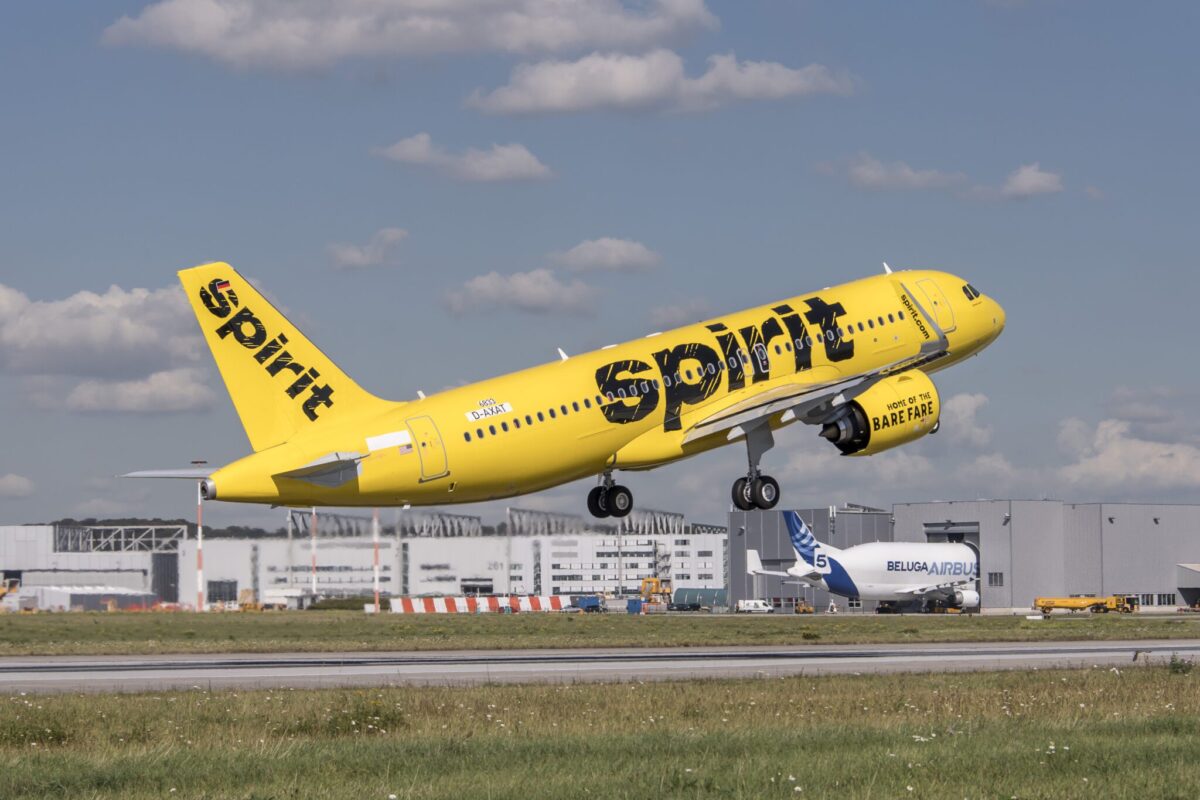Spirit Airlines Furloughs 186 Pilots as Many Take Voluntary Leave

Skift Take
The furloughs were part of an attempt to cut costs as Spirit’s revenues have sharply declined over the past few years. However, the carrier still has more hurdles to overcome — including a staggering $1.1 billion in debt that’s set to mature in a year.
Spirit Airlines furloughed 186 pilots on September 1, a result of Pratt & Whitney engine issues grounding part of its fleet and its decision to defer aircraft deliveries.
Spirit had anticipated that it would furlough 260 pilots, but multiple pilots accepted voluntary leaves, according to Air Line Pilots Association Spirit chair Ryan Muller.
Muller said that a “significant number” of pilots chose to take a voluntary furlough, “protecting a more junior pilot’s care

